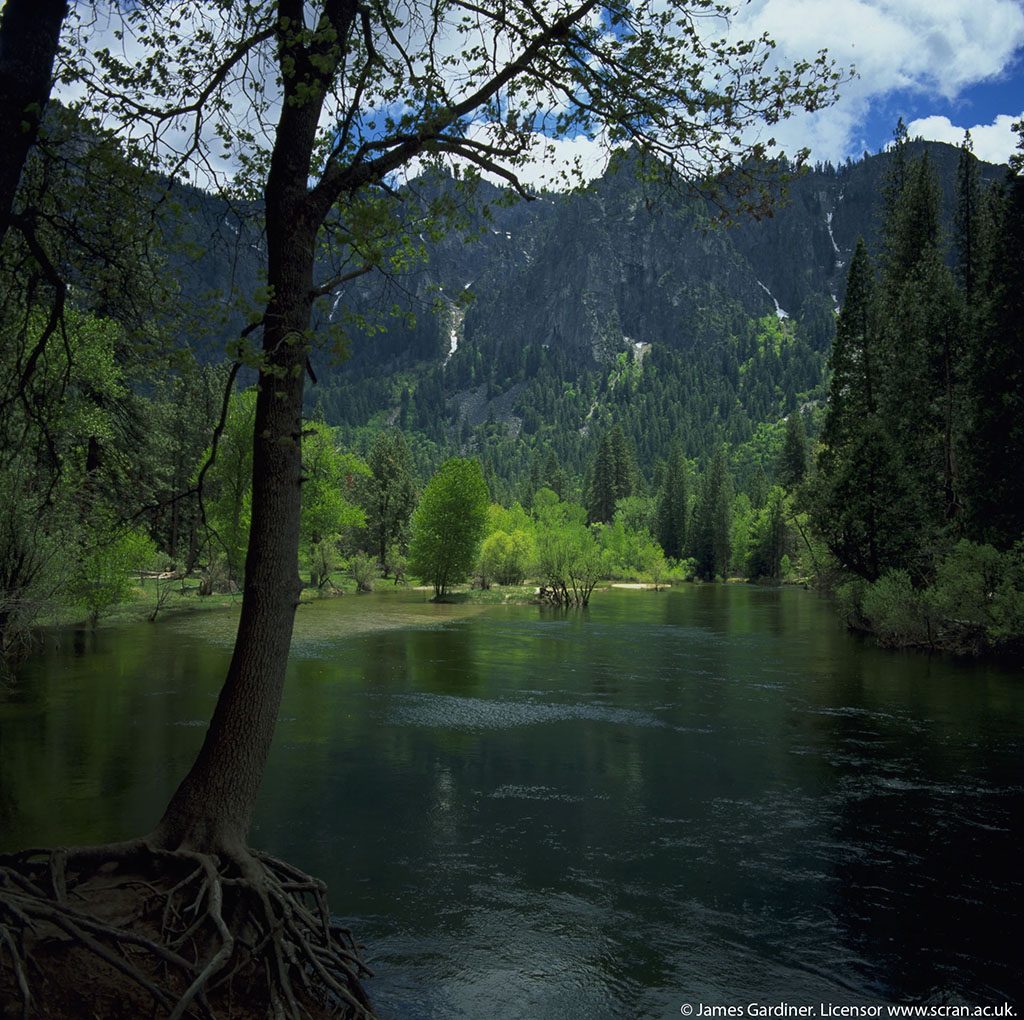Nicknamed John of the Mountains and Father of the National Parks, John Muir was once voted the most important person in the history of California. His birthday, 21 April, is still celebrated in the The Golden State and his home at 4202 Alhambra Avenue in Martinez is a national historic site.
In this blog we explore Muir’s adventures, from humble beginnings in Scotland to fame in the United States.
“The beginnings of lifelong wanderings”
The third child of eight, John Muir was born in the coastal town of Dunbar, East Lothian in 1838.
The Muir family lived at 126 High Street. John’s father, Daniel Muir, operated a food and grain store.
Writing about his childhood in Dunbar, John recalled “growing fonder and fonder of wild places and wild creatures.” He especially enjoyed the rough North Sea and the “craggy ruins of the old Dunbar Castle.”
He honed the skills with which he would later achieve fame clambering on the roof of his house and the castle walls.
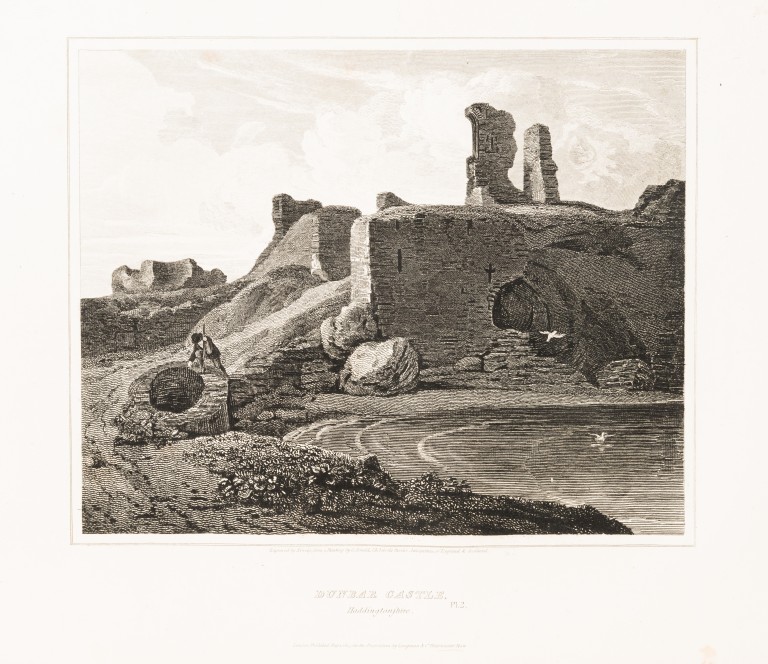
An engraving of John Muir’s childhood playground, Dunbar Castle, circa 1814
A new life
A deeply religious man, Daniel Muir was persuaded to leave Scotland for America by Thomas and Alexander Campbell.
During the 1840s, the leaders of the Disciples of Christs movement used the promise of cheap land and religious freedom to encourage “Campbellites” to emigrate across the Atlantic.
The Muirs left Dunbar railway station on 19 February 1849, before making the six-week voyage to New York.
From there they traveled along the Hudson River, Erie Canal and across the Great Lakes to the frontier town of Milwaukee, Wisconsin.
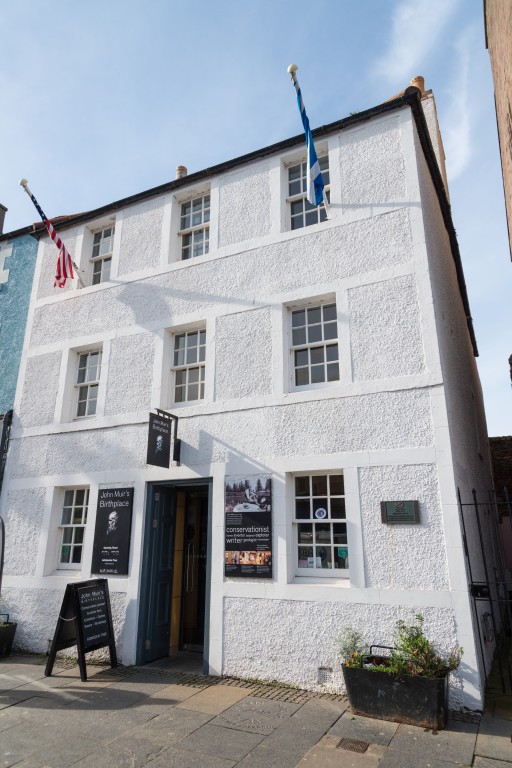
126 High Street, Dunbar: the house the Muirs left for a new life in America
Secret hobbies
John was eleven years old when his family arrived in Wisconsin. He grew into a tall, wiry teen, kept fit by farm labour.
John defied his father’s strict religious rules by taking a keen interest in nature and poetry.
He read as many books as he could get his hands on. The work of natural historian Alexander von Humboldt became a major influence.
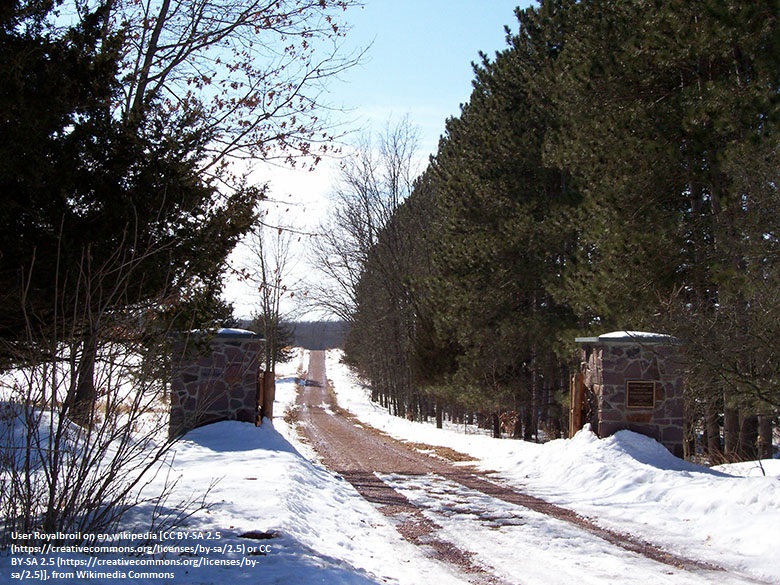
The Muir family farm at Fountain Lake, Wisconsin (Image: WikiCommons)
John also grew adept at creating mechanical devices. These inventions helped him win a place at the newly-formed University of Wisconsin in 1861.
He studied there for two years before moving to Canada to escape the American Civil War.
A walk in the woods
Returning to the United States, Muir was employed in a workshop in Indianapolis.
But he abandoned mechanics after an accident temporarily blinded him and caused him to lose sight in his right eye.
In 1867, he walked 1000 miles from Indianapolis to the Gulf of Mexico. He aimed to walk all the way to South America, following in the footsteps of his hero Von Humboldt.
Muir made it to Cuba, before crossing Panama en route to San Francisco. Eventually, he settled in the foothills of the Sierra Nevada.
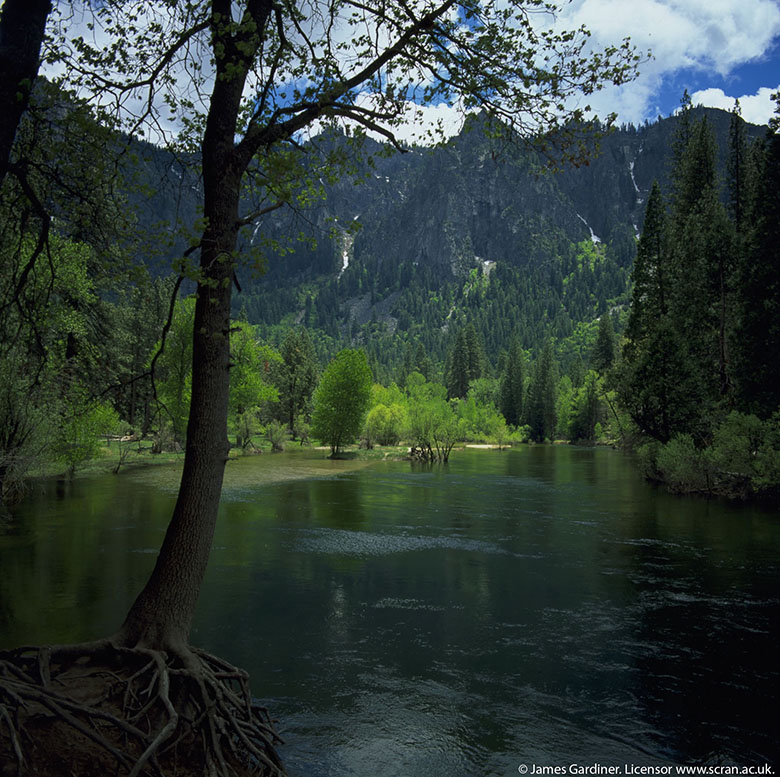
John Muir’s beloved Yosemite Valley, California (Image courtesy of Scran)
Scaling new heights
Muir spent the next four years exploring and studying every inch of the Yosemite Valley. He discussed his geological and botanical discoveries with the finest minds of the day, and welcomed a steady stream of distinguished visitors.
On top of his academic reputation, Muir achieved fame as one of the best mountaineers in America.
Muir’s intelligence and daring provided inspiration to his literary friends. The hero in Zanita: a Tale of the Yo-Semite (1872) by former countess Theresa Yelverton is based on him.
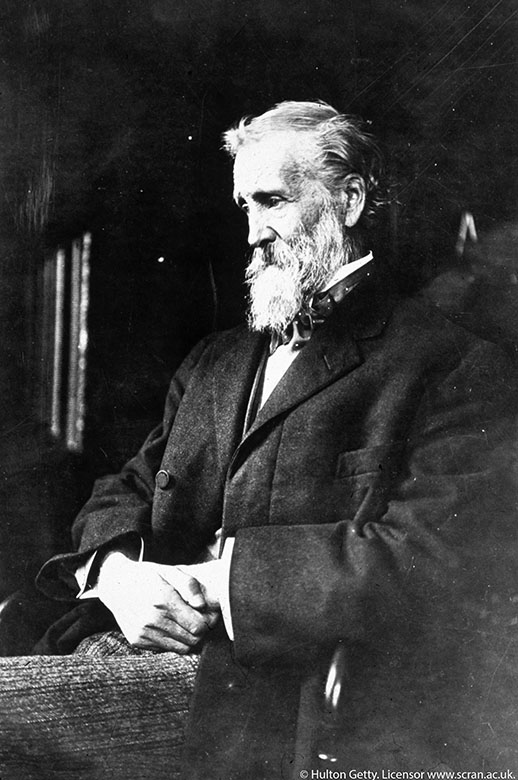
John Muir (Image courtesy of Scran)
Preserving the landscape
Muir’s climbing career was slowed by frostbite inflicted when he was trapped by a blizzard on the summit of Mount Shasta in 1875.
He turned to writing about his many adventures, describing the beauty of the natural landscape and arguing that it be preserved for future generations.
He enthusiastically endorsed the concept of Yellowstone National Park, the only in America at the time.
Gradually, more and more national parks were established as a result of his work. Yosemite, Sequoia, Kings Canyon, Mount Rainier, Grand Canyon and Petrified Forest parks can all trace their roots to John Muir.
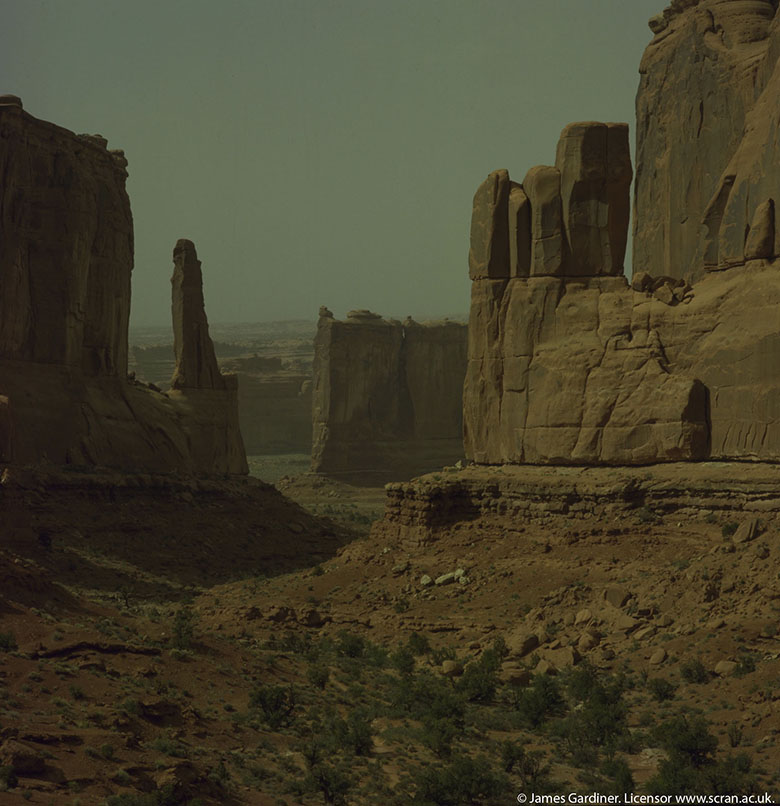
Arches National Park, Utah. The idea of National Parks was passionately pursued by Muir. (Image courtesy of Scran)
An incredible legacy
Muir married Louisa Strentzel in 1880 and settled in Martinez, California where he managed a successful fruit farm, and continued to write and travel extensively.
He founded the Sierra Club in 1892 and famously went on a Yosemite camping trip with President Theodore Roosevelt in 1903. He guided President William Howard Taft through the valley in 1909, inspiring the formation of even more national parks.
Muir received honorary doctorates from Harvard, Wisconsin, Yale and California before his death from pneumonia on Christmas Eve 1914. He is commemorated across the USA and at home in Scotland.
The John Muir Trust was founded in 1983 and his birthplace in Dunbar is now a museum. The John Muir Way stretches 134 miles across the heart of Scotland.

The California State Tartan was adopted in 2001. It is based on the Muir family tartan. (Image courtesy of Scran)
A revised legacy
In 2020, the Sierra Club issued a formal apology for Muir’s racist views, prompting important new assessments of the man and his work.
The Club condemned unacceptable language and racist slurs used in in Muir’s writing to describe Indigenous Americans and Black people. It also acknowledged that the passion Muir and his contemporaries had for creating untouched wildernesses was driven by a racial bias, with no consideration for the Indigenous peoples that already lived on the land.
Both the Sierra Club and the John Muir Trust point to how Muir’s views evolved later in life. The latter notes that he “grew to admire indigenous communities for their light ecological footprint and careful stewardship of the land.” It is important for us to remember, however, that Muir’s beliefs and behaviours were often in stark contrast to the beautiful land he wished to protect.
This blog was last updated on 28 April 2022

